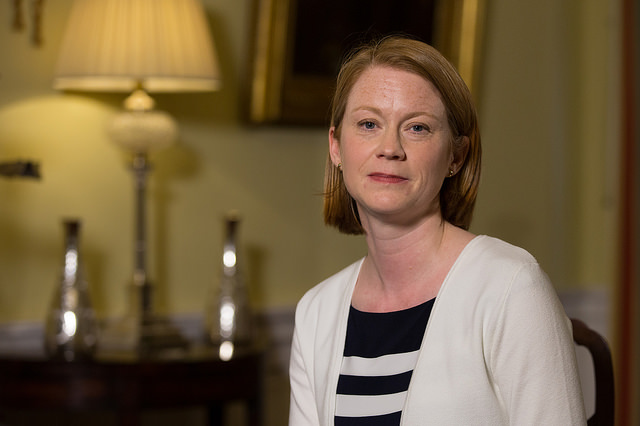Scotland completes move to Child Disability Payment

Social justice secretary Shirley-Anne Somerville
All disabled children and young people in Scotland who receive disability benefits will now be paid directly from Social Security Scotland.
Those children and young people who receive Child Disability Payment will also benefit from a review system different to that of the wider UK, one based on dignity, fairness and respect.
The latest figures show around 47,000 children and teenagers have had their awards moved to Child Disability Payment delivered by Social Security Scotland.
The transfers began in 2021 when the new benefit was launched to replace Disability Living Allowance for children, paid by the Department of Work and Pensions (DWP).
Around 76,000 disabled children and young people in Scotland now receive Child Disability Payment, including around 31,000 who applied since the new benefit was launched.
Child Disability Payment helps cover the extra costs of caring for a disabled or terminally ill child or young person.
Shirley-Anne Somerville, cabinet secretary for social justice, said: “One of the defining characteristics of the benefits system in Scotland is that people are treated with dignity, fairness and respect. Everyone in Scotland who previously received Disability Living Allowance for children from the UK Government now gets Child Disability Payment from Social Security Scotland. This has been a significant and important undertaking.
“The change means 47,000 more children in Scotland and their families can now look forward to less anxiety, less uncertainty and more financial security when their disability benefits come up for review.
“Social Security Scotland takes a human rights-based approach to reviews. The time between reviews is also set by case managers and can vary from two years to ten years. This is especially important for people with life-long disabilities and helps provide the financial security that is needed to pay for ongoing care and support.”
The review period for awards is decided on a case-by-case basis depending on the client’s condition and whether their needs are expected to change. Generally, review periods range from two to ten years.








